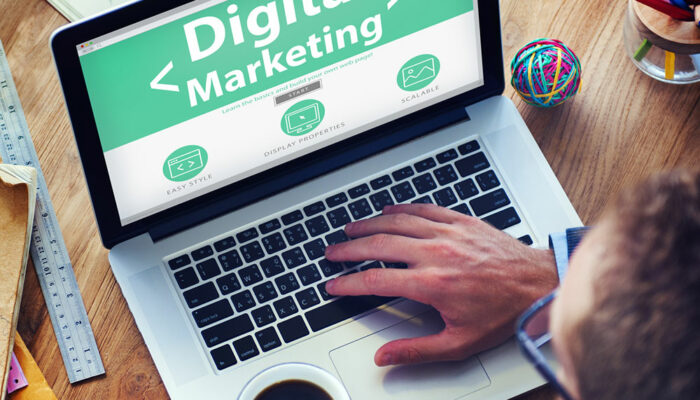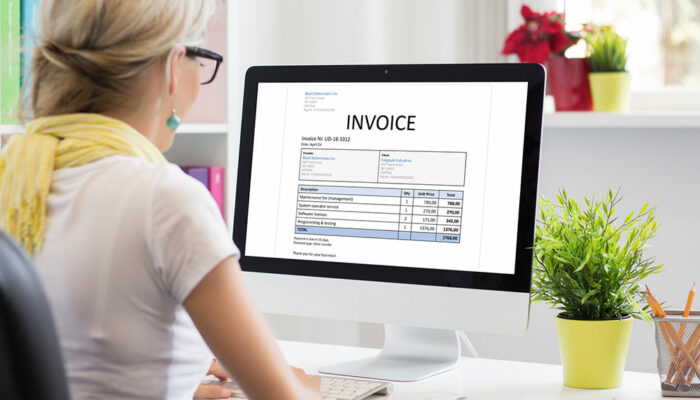
Business
5 types of machines and equipment for industrial use
Manufacturing is a long and complex process that involves a lot of moving parts. Historically, manufacturing featured a lot of labor. Today, however, most of the manual work has been taken over by machines, working with human supervision. This transformation has helped increase productivity, improve efficiency and quality, and reduce costs and the risk of errors. Read on to explore some of the most popular industrial equipment and machinery pieces and their intended use. Milling machines These machines remove a layer from the workpiece using a rotating tool. They help cut uneven pieces into the desired shapes and designs. Generally, milling machines have a precision and accuracy range between 0.01 and 0.03 mm. Depending on their layout, they can be divided into two major categories – horizontal and vertical. Drilling machines Most households have a handheld drill for various tasks around the house. The main purpose of this tool is to produce holes in the workpiece. In the manufacturing sector, this task is often scaled up and performed by larger machines. The excess material is then removed by shearing and extrusion. By their scale and type of drill, these machines can further be categorized into upright or column drilling machines, portable drilling machines, multi-spindle drilling machines, and vertical turret-type drilling machines.
Read More 








